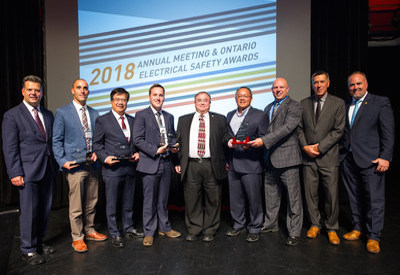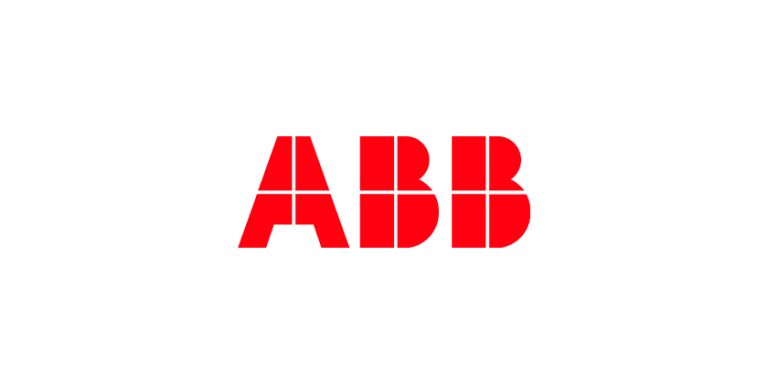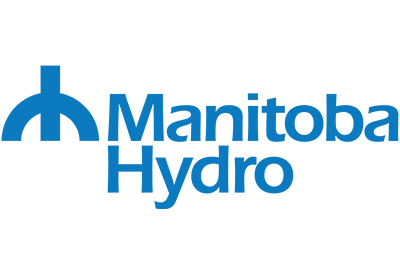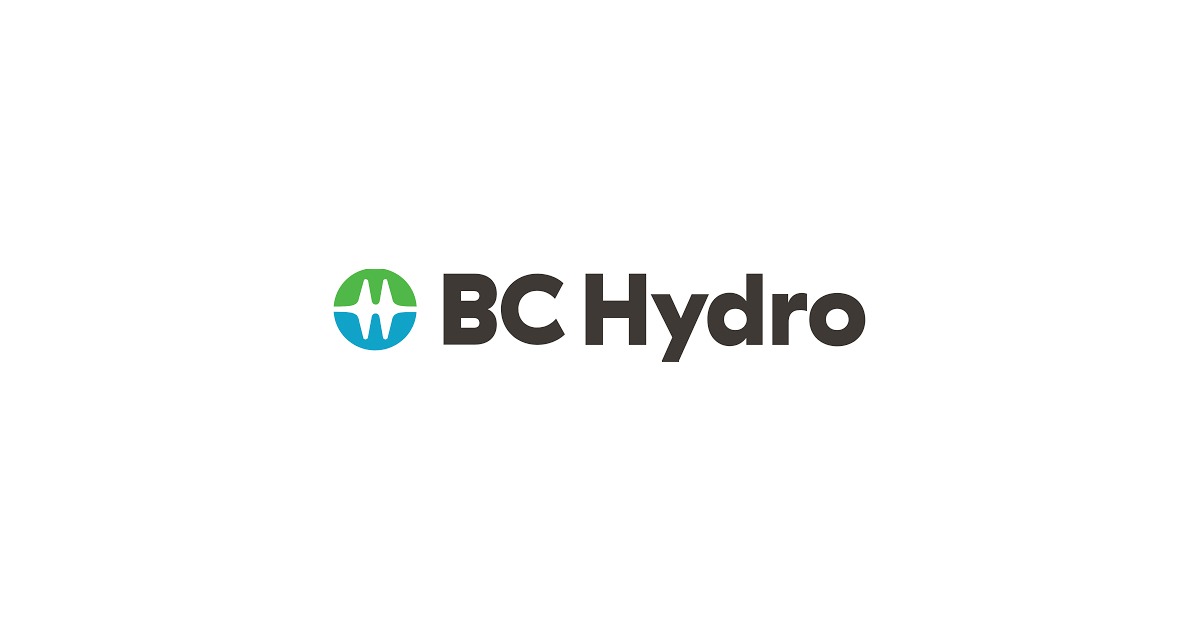Building a Decarbonized World Means Improving Energy Efficiency in New and Old Buildings

August 26, 2021
 By Schneider Electric
By Schneider Electric
Energy waste is happening all around us, and it’s contributing to climate change. Yet fighting this invisible foe is near impossible – unless we make the invisible visible. Digital innovation, combined with a shift to more electrification, holds the key to tackling climate change, unlocking the ability to see and measure our impact, so we can recognize and reduce it.
Ironically, digital adoption is also one of the biggest barriers to action. Confusion around what to invest in has caused many businesses to delay decisions and wait for a ‘miracle cure’. This paralysis is part of the problem.
But the solutions already exist. Reducing perceived risk and uncertainty will create frameworks in which businesses and consumers can adopt digital solutions early. This starts with raising our standards and working to ensure that the solutions we deploy are energy efficient, open, interoperable, and future proof. Only at this point will we really be able to turn a corner in the battle against climate change.
If we truly want to tackle climate change, it makes sense to turn our attention to the biggest contributors. Buildings account for almost a third of the world’s CO2 emissions by source, a number that rises to almost 40 per cent when factoring in construction. In the developing world, residential homes are shortly set to become the largest single source of greenhouse gas emissions, according to according to a report published in PNAS.
The solution is to build new buildings better from the outset, and to retrofit existing ones so they become more energy efficient. We know that today, Schneider Electric estimates that 82 per cent of the potential means to reduce energy waste in buildings alone remains untapped. But how do we know what ‘good’ looks like? Positive change won’t be possible without raising some of the existing standards and regulations, accelerating their adoption, raising the bar.
Faster adoption of standards for new buildings
The low-hanging fruit is to ensure that all new buildings are compliant with government regulations, are net-zero, energy efficient and people-centric by design.
While we are seeing more developers unlocking smart, sustainable solutions and energy-efficiency in new buildings, progress remains slow.
Thankfully, tighter regulations are being adopted in many parts of the world. In Europe, the Energy Performance of Buildings Directive (EPBD) requires all new buildings from 2021 to be nearly zero-energy (NZEB). Hong Kong aims to reduce its absolute carbon emissions in 2030 by between 26 per cent and 36 per cent, relative to 2005 levels. Singapore aims to have at least 80 per cent of commercial and public buildings Green Mark certified by 2030. In the U.S., 23 states have committed to greenhouse gas (GHG) reduction targets via legislation or executive order.
Better energy efficiency in existing buildings
What about buildings that haven’t been created ‘smart’ and energy efficient from the outset? 85-95 per cent of buildings that exist in the EU today will still be standing in 2050. Globally, the European Commission estimates that proportion is two-thirds.
Today, software and connected smart technologies – the brain and the nervous system of a building – can control the building’s ‘shell’ and heating system, and ultimately determine how smart and energy efficient it will be. And they can be deployed not just in new-builds, but also in buildings that are centuries old.
Retrofits are also a win in terms of Return on Investment (ROI). We estimate that the average payback on digital retrofits is just one to three years, compared to 10 years on physical modifications like insulation. We typically see a 30 per cent reduction in energy usage, and similar reduction in operational costs, as a direct result of smart building technologies that improve sustainability, energy efficiency, and enable buildings to generate their own energy through solar power and microgrids and use it to power critical operations.
Encouragingly, several countries have included building-renovation subsidies into their pandemic-related stimulus packages.
Energy efficiency is the cheapest and easiest way to reduce energy demand and CO2 emissions. By 2035, the International Energy Agency (IEA) estimates that US$550-billion will be invested per year in energy efficiency solutions. To date, European governments have pledged US$57-billion to energy efficiency measures (or 86 per cent of global stimulus announcements for efficiency), with the remaining 14 per cent split between Asia Pacific and North America, according to the IEA. We must make the most of this investment and ensure the benefits of energy efficiency become abundantly clear to consumers and companies alike.
Electrifying heating: A key way to lower emissions
Alongside retrofits, the electrification of domestic heating systems – which currently rely heavily on fossil fuels — will play a major role in reducing our impact on the planet, driven by regulations for new buildings. Safe and cost-effective technologies such as electric heat pumps are already widely available in many countries, and can be powered by 100 per cent renewable energy sources. They are the best (and only realistic) choice for decarbonizing domestic heating.
Our modelling, leveraging BloombergNEF’s Heating Unit Economics Calculator, suggests that in commercial buildings, too, there is a strong business case for installing electric systems, over gas or oil-based systems. Despite this, only around 5 per cent of heating in such buildings is currently electrified.[1] This number will have to increase to 80-90 per cent by 2050 to successfully mitigate the worst effects of climate change.[1] What’s more, demand for green, energy efficient buildings from corporate and private tenants is on the rise, so it’s an investment worth making.
Better technology standards
Whilst building standards and incentives require governments to legislate for change, when it comes to creating an environment to encourage the wider adoption of sustainable smart home and building technology, business is at the fore.
Sustainability will be the clear winner only when all IoT-connected smart technologies in a building – from Heating, Ventilation, and Air Conditioning (HVAC) to smart plugs, to security systems – can be controlled by cutting-edge digital solutions and software, and powered by green electricity. This is when buildings will be able to attain superior levels of energy efficiency, the ability to power their own needs through renewable energy generation on site and decarbonize their heating and cooling systems – while allowing tenants to charge their EVs – all in a sustainable and environmentally responsible way.
This is why we welcome the new open-source, unified connectivity protocol, Matter, for smart home and building solutions. Matter tackles the problem of smart device interoperability head-on, delivering improved cyber security, native cloud connectivity, and device interoperability.
More importantly, sustainability and energy efficiency gains will be the longer-term benefit of this vendor-agnostic standard, enabling native integration of smart building, smart energy management and EV charging – which currently tend to be distinctive, self-contained systems. The standard will ensure that homeowners aren’t locked in to one particular vendor of smart devices, and systems don’t have to be ripped out and replaced wholesale as new solutions come onto the market.
With the help of AI-enabled and software-driven smart energy management solutions, consumers, building owners and tenants will be in the driving seat of how energy in the home is produced, stored, distributed and consumed.
What’s more, the ability to produce renewable energy through solar and microgrids, and store it for future use, will make it possible for smart building systems to prioritize green energy power, ensuring power-hungry appliances and devices, including EVs, consume most of their energy from decarbonized energy sources.
Clarity of mission and vision: energy efficiency and clean electricity are key to fighting global warming
We are the first generation to really understand the full implications of climate change – and perhaps the last to be able to make a difference. Armed with knowledge and technology, we must act fast to avoid future catastrophe.
The first step is to become more efficient in how we consume energy, and to remove fossil fuels from places where they don’t have to be – our homes and offices, our cars, public transport and our cities.
Raising standards for urban environments and technology will mean better standards of life for all of us – and guarantee better outcomes for the planet. Digital solutions and clean electricity are the way to get there.
[1] Schneider Electric Research. The efficiency of heat pumps specifically is typically called ‘coefficient of performance’ (COP).
















